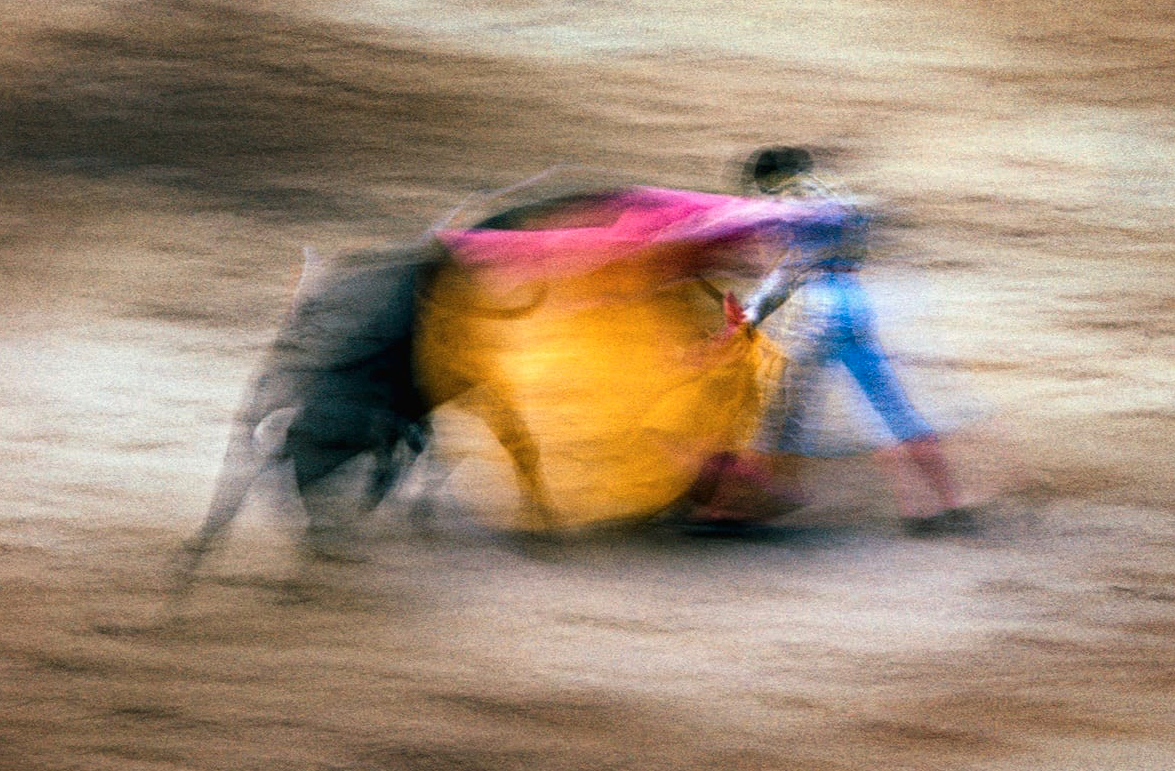Ernst Haas

Ernst Haas: Master of Color Photography and Visual Innovation
Biography:
– Full Name: Ernst Haas
– Date of Birth: March 2, 1921
– Date of Death: September 12, 1986
Introduction:
Ernst Haas is renowned as one of the pioneering figures in color photography, known for his innovative and evocative use of color in capturing moments and scenes. Born in Austria, Haas rose to international prominence in the mid-20th century, becoming a significant force in photography. His work, characterized by vibrant colors and dynamic compositions, has had a lasting impact on the field.
Early Life and Education:
Haas was born in Vienna, Austria, into a family with a keen appreciation for the arts. His early exposure to art and culture influenced his creative vision. Initially, he studied medicine, but his passion for photography led him to pursue it professionally after World War II, during which he lived through the occupation of Vienna.
Transition to Color Photography:
In the early 1950s, Haas began to experiment with Kodachrome color film, exploring its potential for artistic expression. This marked a turning point in his career, and he quickly became a leader in the use of color photography. His work during this period demonstrated that color photography could be as expressive and powerful as black and white photography in capturing the subtleties of mood and atmosphere.
Innovative Photographic Essays:
Haas was one of the first photographers to create extended visual narratives, or photographic essays, in color. His groundbreaking essay on New York City, published in LIFE magazine in 1953, showcased his ability to capture the city’s vibrancy and energy, earning him widespread acclaim.
Role in Magnum Photos:
In 1949, Haas was invited to join Magnum Photos, the prestigious international photographers’ cooperative, by its founding member, Robert Capa. Haas’s membership in Magnum allowed him to travel extensively, capturing life around the world with his unique perspective. His work contributed significantly to the reputation of Magnum Photos as a leading force in global photojournalism and artistic photography.
Exploration of Movement and Abstract Photography:
Haas’s fascination with movement and the abstract qualities of photography led him to experiment with various techniques, such as slow shutter speeds and intentional camera movements. This experimentation resulted in images that blurred the lines between photography and painting, emphasizing color, light, and form over literal representation.
Legacy and Influence:
Ernst Haas’s influence on the world of photography is profound. He was a master at using color as a means of expression and opened up new possibilities for the medium. His innovative approaches to visual storytelling and his explorations of movement and abstraction have inspired countless photographers and artists.
Conclusion:
Ernst Haas was a visionary artist whose contributions to photography extended far beyond his mastery of color. His innovative spirit, combined with a profound understanding of the visual language, has cemented his place as one of the most influential photographers of the 20th century. His work continues to inspire and influence the fields of photojournalism, art photography, and beyond, demonstrating the power of photography to capture the essence of the human condition.
